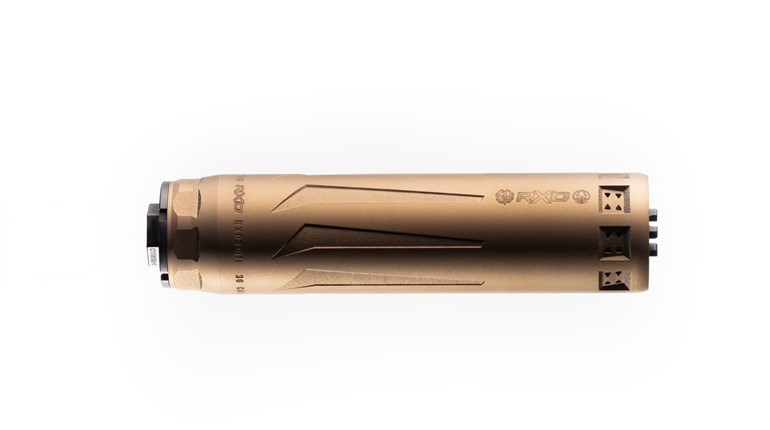Bucks are on their feet more often in daylight at this time of year, so there are many ways to be successful during the rut. You can select any good trail and hope to get a shot. That is what we love about the rut: Anything can happen anytime and anywhere. The next stick you hear snap could be a giant heading your way. But you don't have to rely on random luck. If you understand what motivates the bucks you hunt, you can put yourself in position to see more action and experience more adrenaline rushes. These three simple strategies will increase your odds of rut-hunting success.
Hunt Does
Starting roughly the last week of October in most areas north of southern Tennessee, bucks actively will seek does. South of this line, ask a local deer biologist when the peak of breeding occurs and back up roughly two-plus weeks.
The signs of increasing activity are subtle at first—a bit more scraping as bucks pace the trails leading to feeding areas and more rubs and scrapes along trail edges. In November, bucks will start crunching through the woods as if on a mission, hounding does. Keep things simple and hunt the areas where does concentrate or the trails between those areas.
In the evenings, does will head toward the food sources. In the mornings, the does will head toward their bedding areas. That is where you find the bucks, usually a bit behind the does and a bit more careful, but they're in daylight nonetheless.
You have a best window for each of these locations. After the bucks harass the does nonstop for a couple of weeks in their feeding areas, the does will stop using them. So the evening feeding-area or trail strategy will be productive roughly until Nov. 10 or 12. After this point, you are better off hunting deeper in the cover.
The bedding areas are tough to hunt day in and day out (as are the feeding areas) so wait until the action is at its best before intruding. Move to the edges of doe bedding areas or hunt bottlenecks between two doe bedding areas in the mornings around the middle of the first week of November. You won't be right on top of them so you won't educate them as fast, and you will see consistent buck activity as bucks move from one bedding area to the next. This is primarily a morning strategy early in the rut, but it becomes an all-day strategy by mid-rut.
Typical examples of bottlenecks are creek crossings, places where the bucks go around ditches, trails around bodies of water, the edge of a bluff, the outside bend of a creek and even thin strips of cover like brushy fence lines or the narrow intersection of nearby blocks of cover. These are great all-day spots by the middle of the rut (roughly after the first week of November).
Hunt Micro-Plots
Tiny food plots (a quarter- to half-acre) nestled in the cover are the center of a spoke pattern of trails. Any bucks passing through will feel compelled to swing by and see what is happening. They will sniff around, freshen a few scrapes and keep moving. The shots are close and they can happen anytime of day. This spot is a concentration point for buck activity and is ideal during the rut, morning or evening.
Micro-plots are easy to create using nothing but hand tools. Many deer hunters find this strategy works for them because the plots are so easy to make and so affordable. (I don't have the space to explain how you create these "poor man's plots" here, but you can search the topic online, along with my name.)
Call Selectively
People want a device or strategy that magically delivers quick success. The deer call has fallen into this category, and is often overused. If you are hunting a small, pressured area, limit your calling or risk educating too many bucks.
When a buck comes in to the call, he is looking for the source—you. He may not come in right away. He may even come in downwind or from behind cover. So if you call a lot you can educate many bucks unknowingly. Instead, consider only calling to bucks you see and want to shoot that are passing out of bow range. Hit them with a simple grunt. When they stop and look, give them one more grunt to home in on. If they don't come in now, they probably won't come in to any kind of call. You have done what you can. Again, the point is to keep things simple and believe in the basic soundness of your strategy.





































